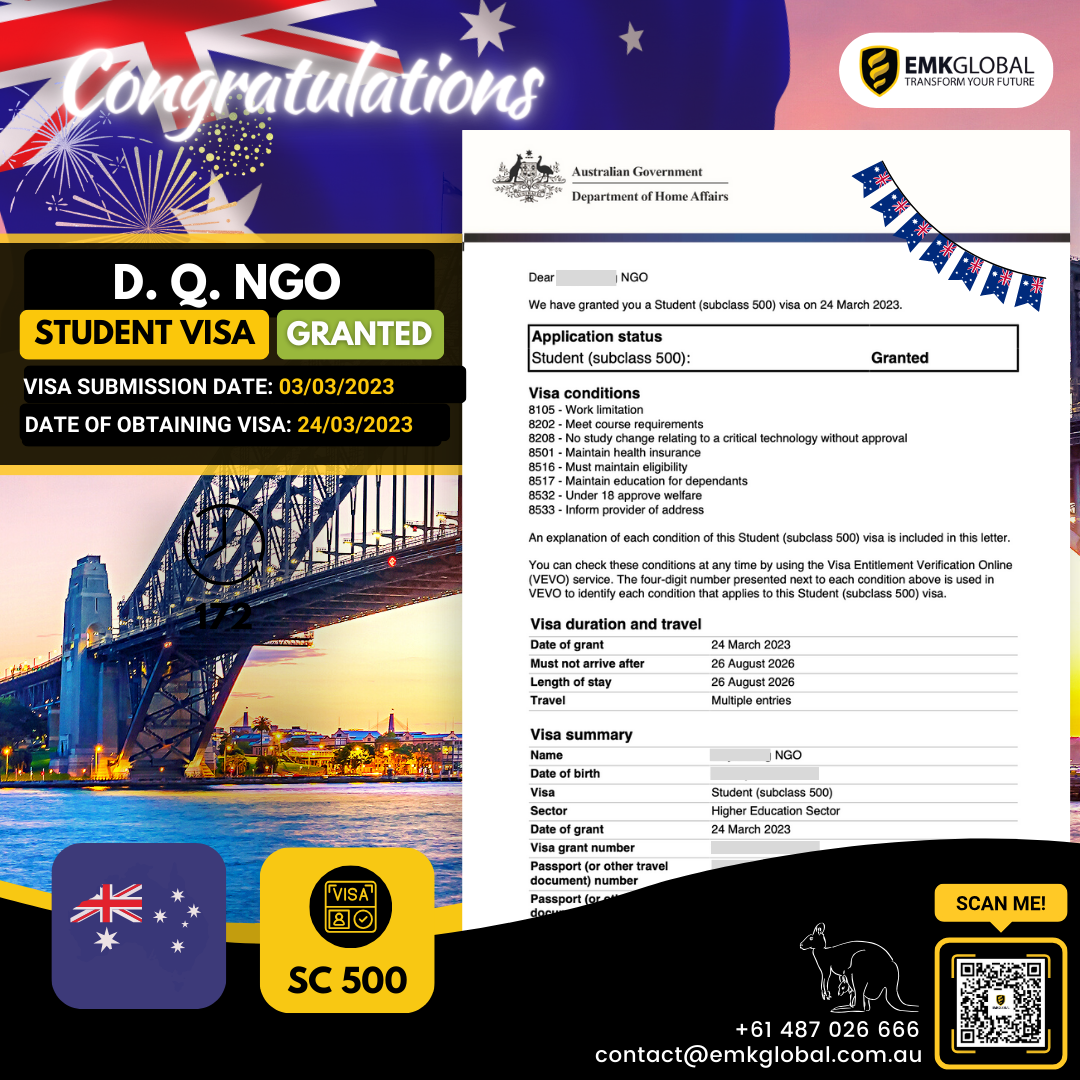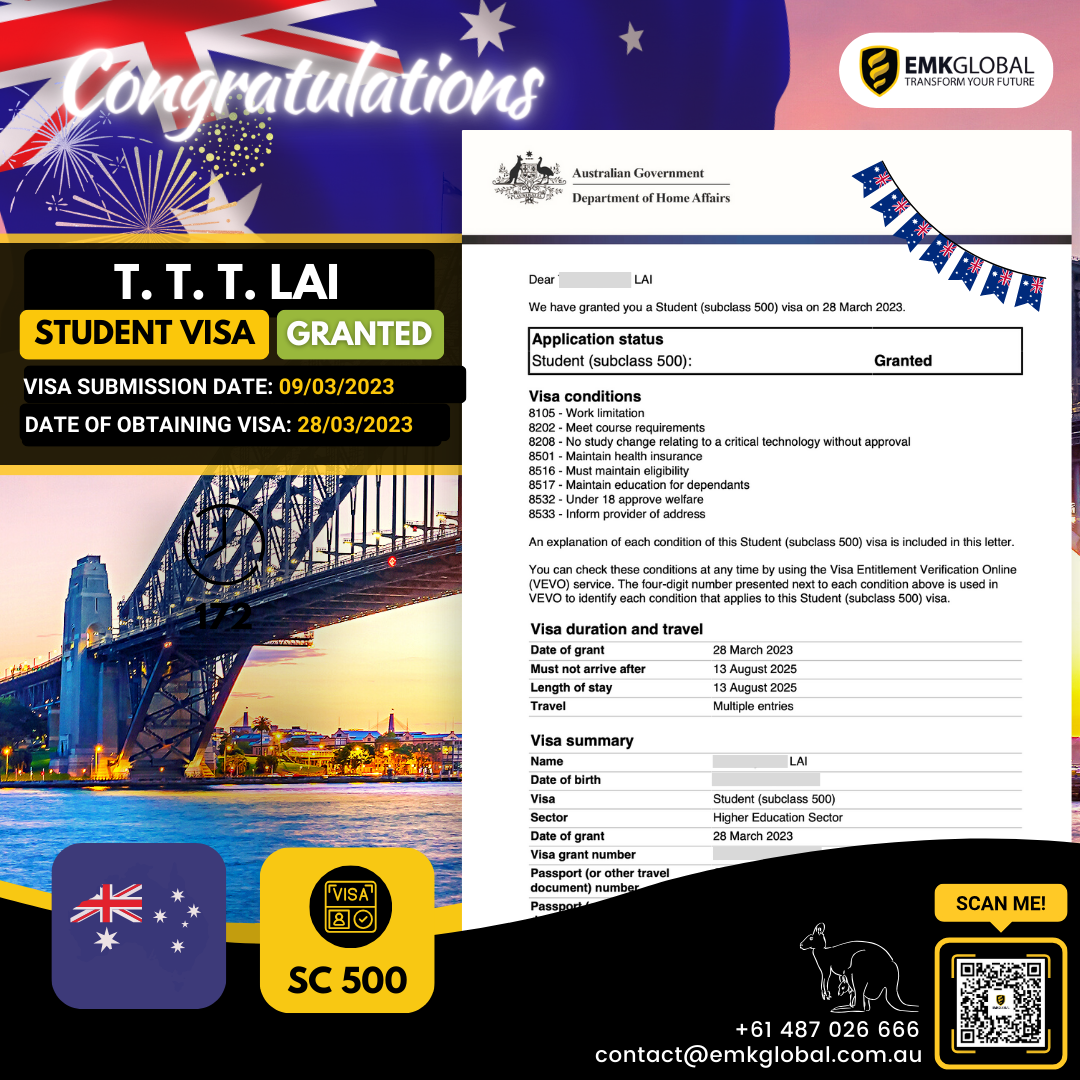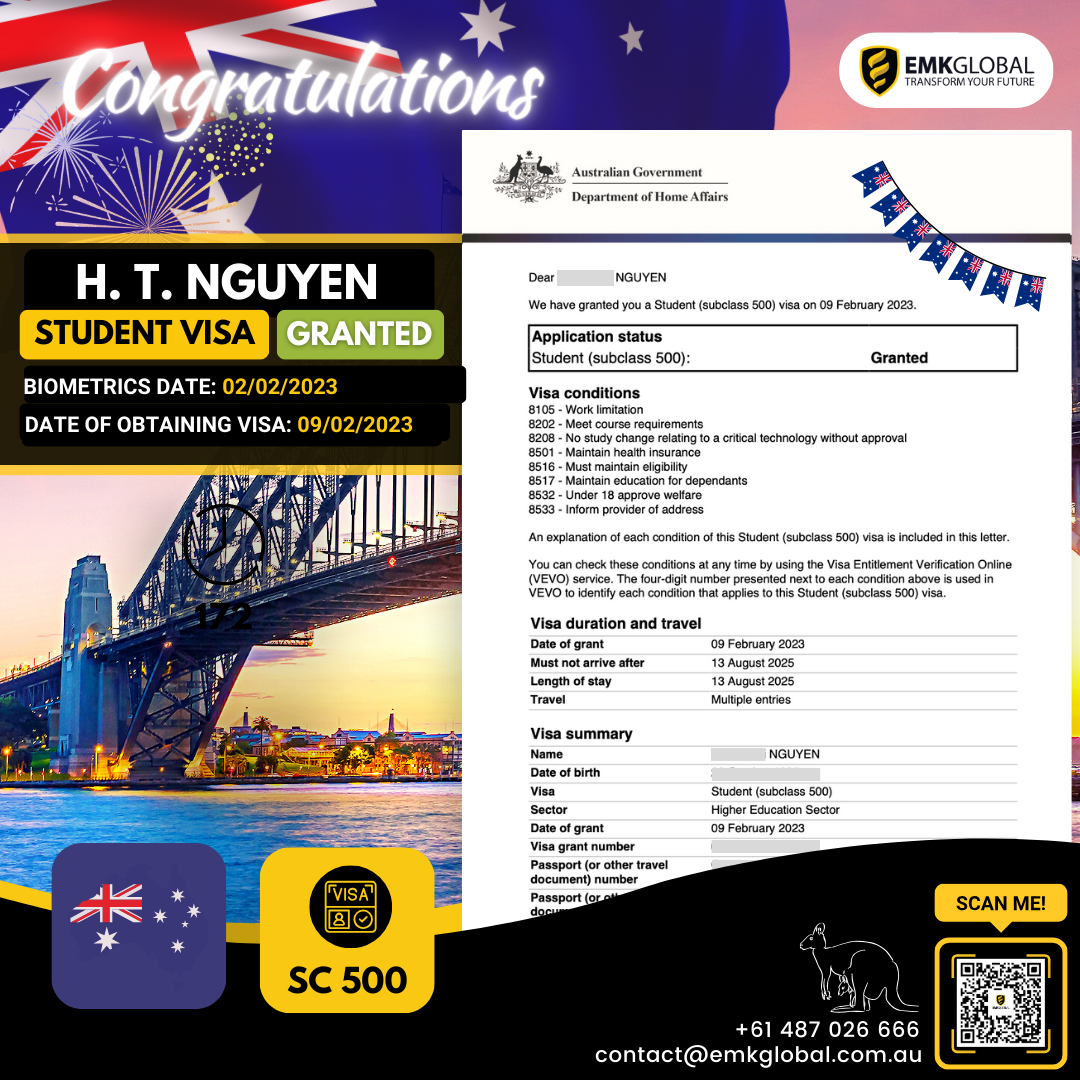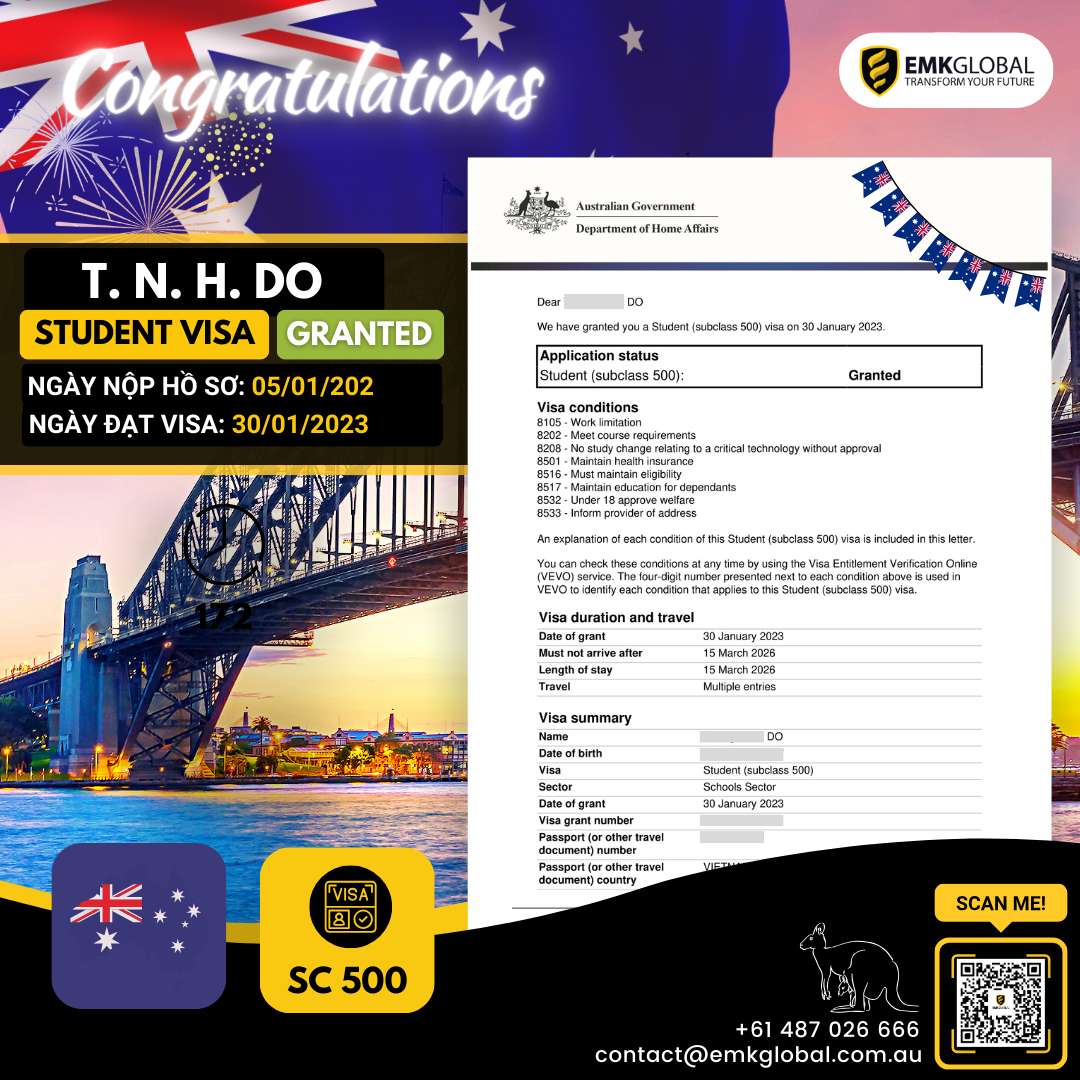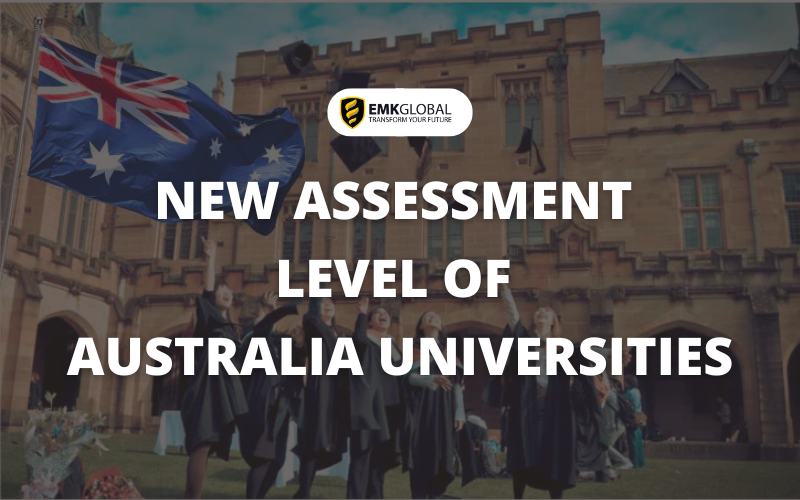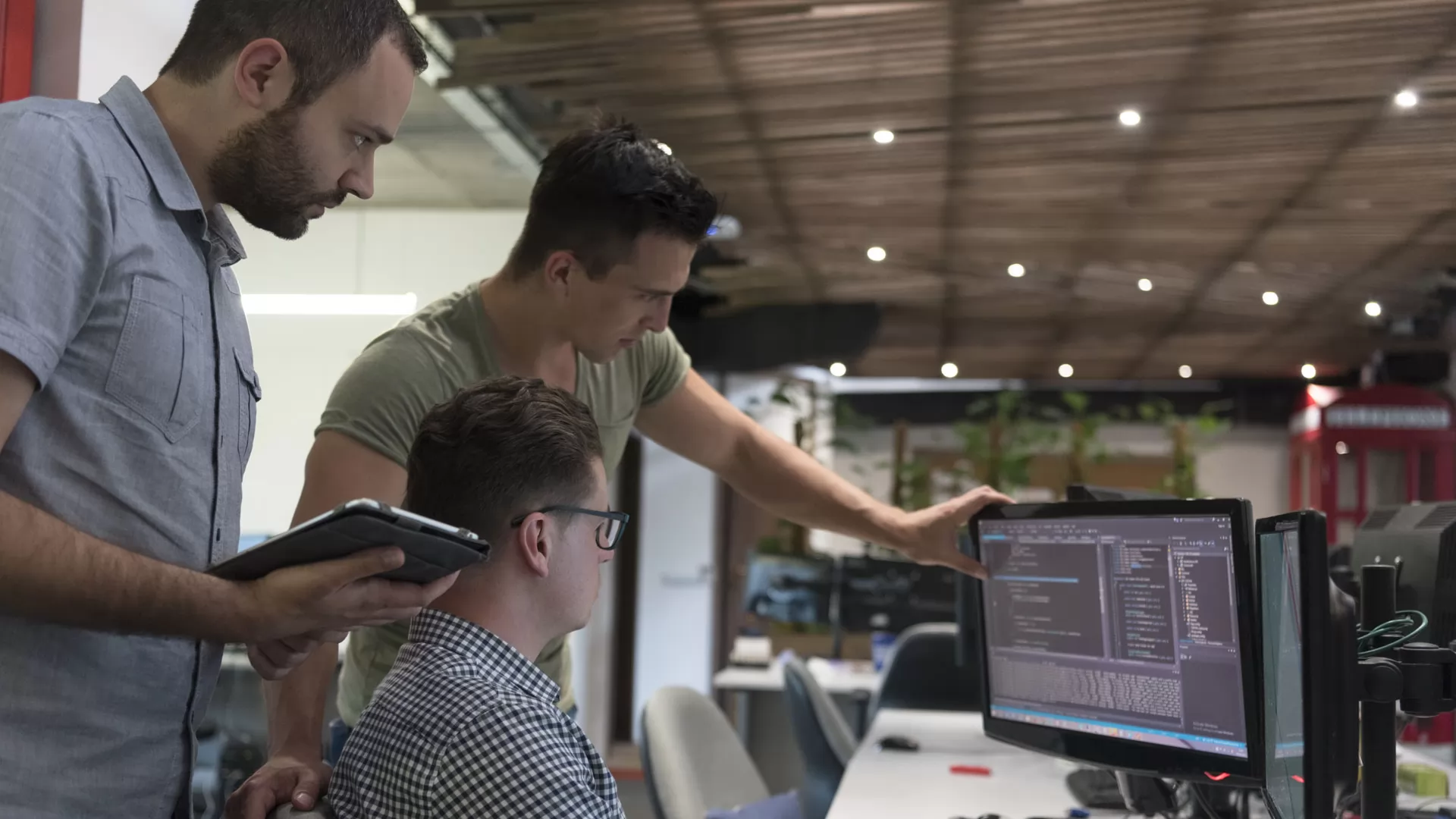
From 25, November 2023* (subject to the approval of regulation changes), the Australian Government will be making changes to the Temporary Skill Shortage (TSS) (subclass 482) and
Temporary Residence Transition (TRT) stream of the Employer Nomination Scheme (ENS) (subclass 186) visas to provide a simpler and clearer pathway to permanent residence for TSS visa holders.
The changes will provide employers and holders of TSS visas with more certainty and ensure Australia attracts and retains the skilled workers it needs.
Temporary Skill Shortage (subclass 482)
From 25 November 2023* the Government plans to remove the limit on the number of Short-term stream TSS visa applications that visa holders can make in Australia.
This change is intended to apply to new TSS visa applications made on or after 25 November 2023. Short term-stream TSS holders with visas expiring before 25 November 2023 will need to travel outside Australia to lodge a third short term-stream TSS application.
Employer Nomination Scheme (subclass 186) Temporary Residence Transition Stream
Changes planned for TRT stream nomination requirements include:
- allowing employers to nominate holders of all streams of TSS visas (including Short-term and Labour Agreement streams).
- removing the requirement for nominated occupations for the TRT stream to be assessed against a skilled migration occupation list. The nominated occupation will need to be listed in the Australian and New Zealand Standard Classification of Occupations (ANZSCO) and the nominated worker will need to continue to work in the occupation nominated for their TSS visa(s).
- reducing the period of time a TSS visa holder must hold their visa and work in their nominated position or occupation to be eligible to be nominated by their employer for the TRT stream to two out of the three years before nomination.
Changes to the TRT stream nomination requirements are intended to apply to new ENS and Regional Sponsored Migration Scheme nomination applications and applications that are yet to be finally determined as at 25 November 2023*.
Changes planned for TRT stream visa application requirements include:
- updating age exemptions for regional medical practitioner applicants and high income earning applicants aged 45 years and over to allow for a two-year pathway.
- ending COVID-19 related age exemptions that will become redundant as a result of the two-year pathway.
These changes are the first step in providing more equitable access to PR for all TSS visa holders whilst the government continues work on reforms to the skilled visa programs following the development of the Outline of the Government’s Migration Strategy and in response to the findings of the Review of the Migration System 2023.
The Department’s website will be updated closer to implementation.
Source: Australian Government – Department of Home Affairs




